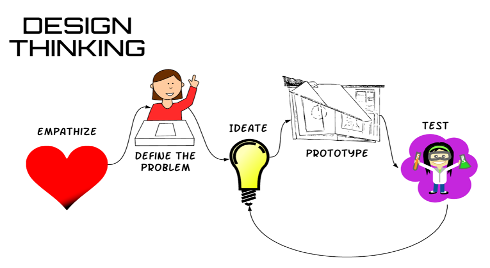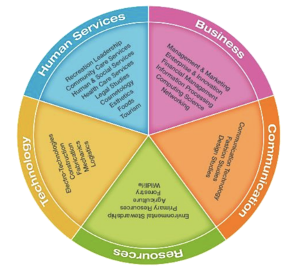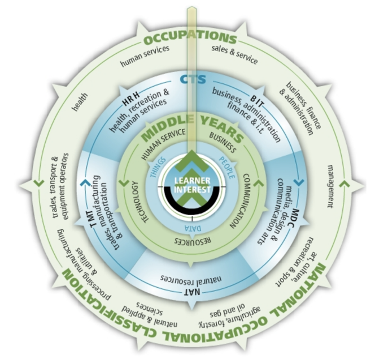Innovation and Design
We are committed to providing rich, meaningful, and appropriate learning experiences that are responsive to the needs of all learners. Innovation and Design is an alignment of learning from kindergarten to grade 12—and an extension of our commitment to provide programming that best prepares our students for their future.
Kindergarten to grade 4: Maker-centered Learning
 Maker-centered learning involves play-based environments where students experiment with electronic, robotic, programmatic, and similar modern environments. In these years, students understand innovation, problem solving, and discover how devices work in our world.
Maker-centered learning involves play-based environments where students experiment with electronic, robotic, programmatic, and similar modern environments. In these years, students understand innovation, problem solving, and discover how devices work in our world. Students are empowered to explore interests, engage in design thinking, and build competencies in science, technology, engineering, arts/humanities and mathematics (STEAM).
Curriculum connections
Maker-centered design projects are tied to the classroom curriculum and may be used to explore mathematics concepts, test scientific principles, and model social issues.
Projects include
Robotics, circuit kits, coding, designing and 3D printing models, bridge-building competitions, mouse-trap racers, and designing potential solutions to social issues in social studies
Grades 5 to 9: Career and technology foundations
 Career and technology foundations (CTF) exposes students to potential future career opportunities within the five main career clusters: human services, business, communication, resources, and technology.
Career and technology foundations (CTF) exposes students to potential future career opportunities within the five main career clusters: human services, business, communication, resources, and technology. Curriculum connections
All CTF challenges involve researching potential careers, designing products within the five career clusters, and working with peers to design, build, and test their products.
Projects include
Designing, building, and marketing a birdhouse, designing a menu for a restaurant and preparing some of the dishes, creating a video game to teach players about at-risk species in their local wilderness.
Grades 10 to 12: Career and technology studies
 Career and technology studies (CTS) courses provide students with the skills and authentic experiences to further explore career opportunities and make effective decisions related to their career goals.
Career and technology studies (CTS) courses provide students with the skills and authentic experiences to further explore career opportunities and make effective decisions related to their career goals. CTS courses are organized within the five program clusters aligned to the National Occupational Classifications:
- Health, recreation, and human services
- Business, administration, finance, and information technology
- Media, design, and communication arts
- Natural resources
- Trades, manufacturing, and transportation
Curriculum connectionsPrograms are built from 1-credit courses arranged into a pathway suited to a student’s needs. Each course has a unique program of studies that builds specific knowledge, skill, and understanding.
Projects include
Learning practical welding and fabrication skills, practicing hair styling and esthetics with real customers, using professional video equipment and software to film and produce a web series, acquiring professional certification on a software suite, and researching career and post-secondary opportunities.
